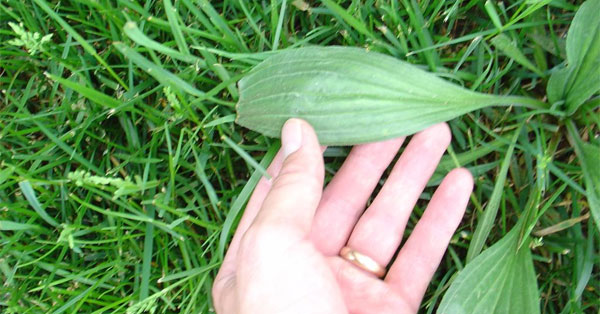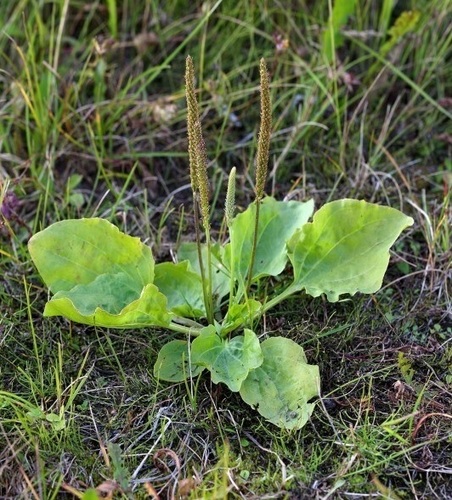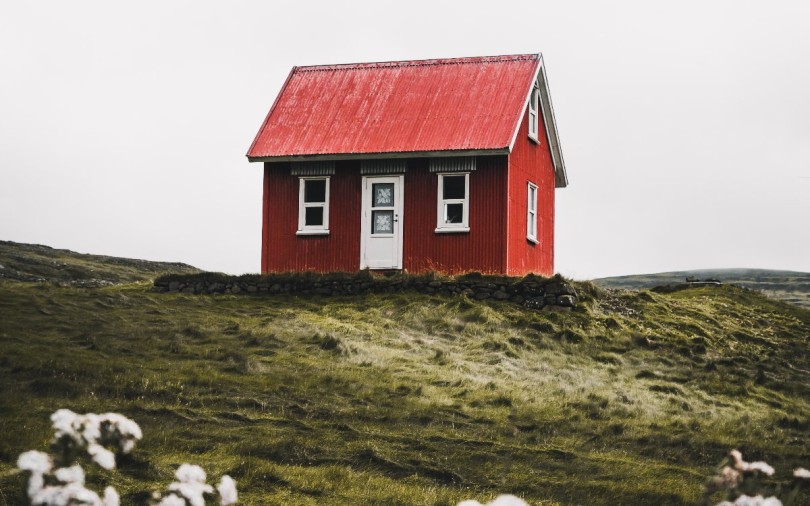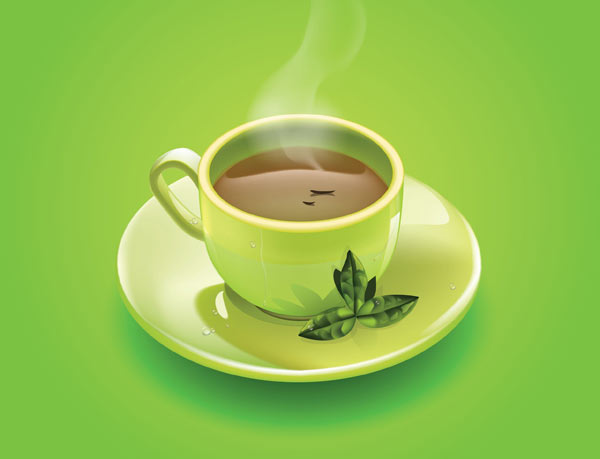In the world of natural healing, weeds are many times a little known alternative, at least it was for me. Just a couple months ago I barely learned you could actually eat a dandelion flower but now I hear about some of the healing “powers” of weeds such as plantain and it makes me get excited. Not only because of how little informed we are and how much I want to learn more about it but many of these weeds are everywhere!
“ The plantains used as medicinal herbs are low-growing plants that you can find growing almost anywhere. In some circles plantain is regarded as a weed, but it’s actually one of the best healing herbs on the planet. Plantains have a long history of being used as food plants and healing herbs in many diverse cultures around the world. The Native Americans used it to heal wounds, cure fever, and to draw out toxins from stings and bites, including snakebites. You might have come across mainly two types of plantains; the ones with broad leaves called Plantago major and the narrow-leaved type P. lanceolata. You can use either one for healing purposes, depending on the availability in your locality, but most herbalists seem to prefer the broadleaf plantain with larger, but softer, edible leaves.”
Sourced through Scoop.it from: www.naturallivingideas.com
This makes me wonder how many other weeds out in the wild have healing properties such as this one. My interest is certainly up.
Health Benefits Of Plantain
Plantains have wide-ranging antimicrobial properties besides being anti-inflammatory and analgesic. It can not only soothe insect bites and superficial wounds but prevent infections and accelerate healing. An active biochemical aucubin is mainly responsible for the antimicrobial action of the herb. Another substance allantoin in the herb helps with skin tissue regeneration.
How To Use Plantain For Healing
Plantain is used to treat a variety of everyday problems, from mosquito bites and skin rashes to kidney problems and gastrointestinal inflammatory diseases. Let’s see how you can use this herb for healing.
Burns – Apply a poultice immediately and apply a bandage with leaves. Follow it up with a plantain salve.
Cuts and open sores – Stop bleeding from fresh cuts by applying crushed plantain leaves. Wash with plantain tea or diluted tincture (1 tbsp to a glass of water) to prevent infections and promote healing.
Boils and acne – Touch with a drop of tincture or apply salve.
For mouth ulcers – Swish 2-3 Tbsp plantain tea in the mouth 3-4 times a day. You can use 1 tbsp of tincture diluted with a cup of water too.
For throat pain/infection – Gargle with plantain tea or diluted tincture. Take 5-10 drops of tincture under the tongue and ingest it slowly.
Dandruff and other scalp problems – Apply plantain tea or oil infusion to the scalp and wash off after an hour.
For poison ivy/sumac/oak – Apply a poultice immediately, and then wash the area with plantain tea. Apply plantain sludge (more details at the end of this article) until the stinging pain is gone.
For sunburn – Apply fresh poultice or plantain sludge liberally. Wash the area with the tea and then apply the salve.
To improve liver and kidney function – Drink 1-2 glasses of plantain tea every day.
For relief from gastrointestinal inflammation – Take the tincture under the tongue or drink plantain tea.
For cold, flu, and respiratory infections – Take the tincture under the tongue or drink freshly brewed warm tea with honey.
Image source: Auburn University









